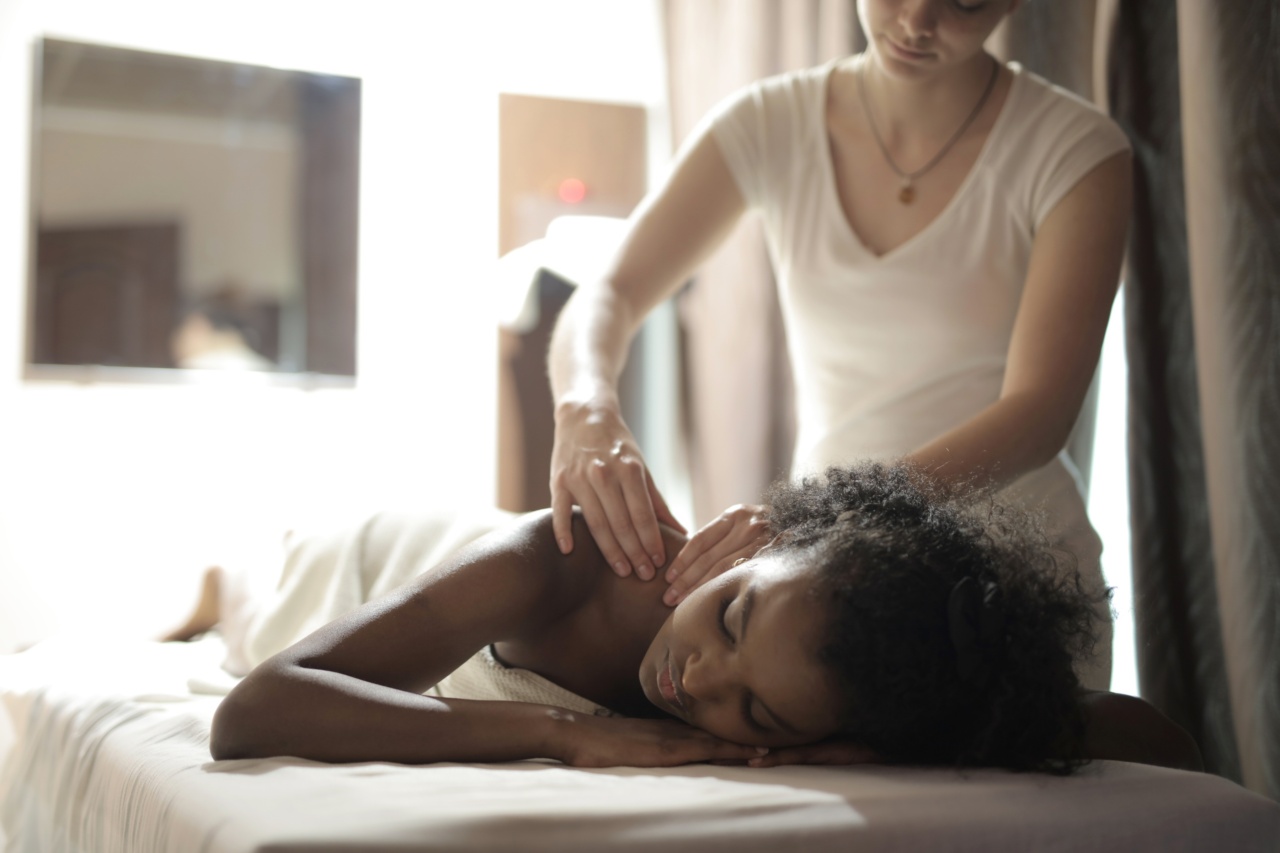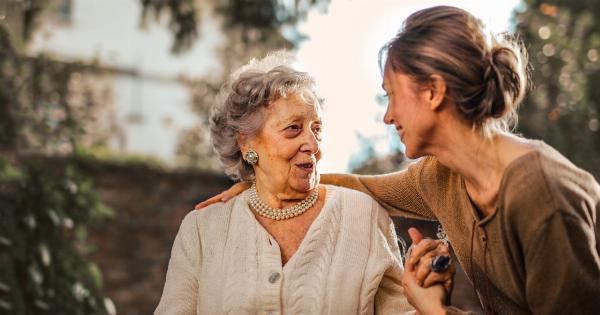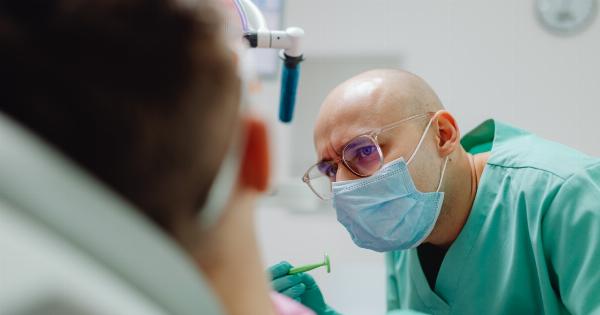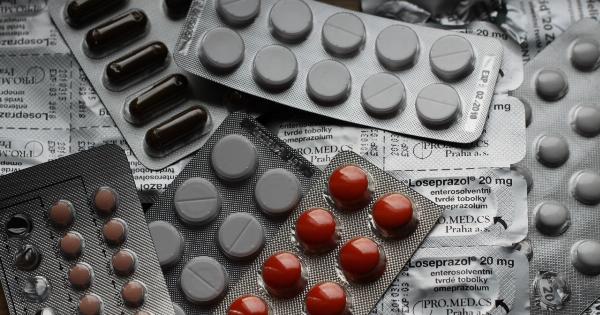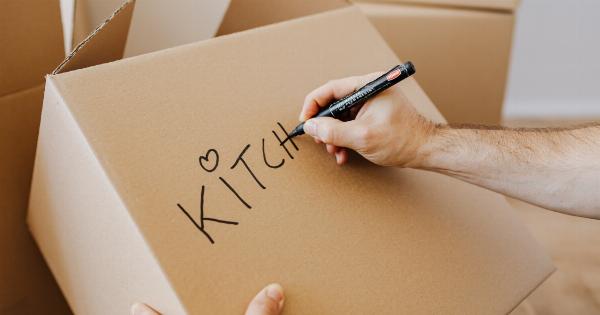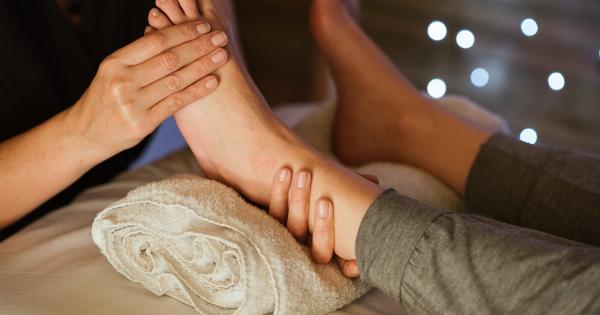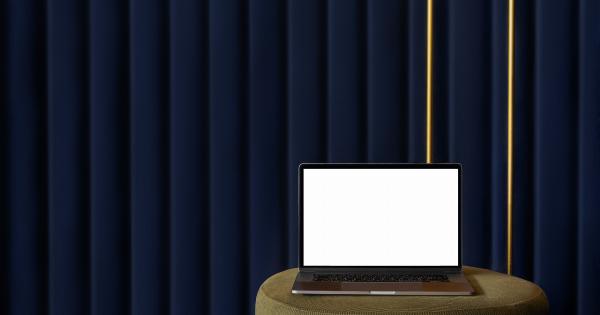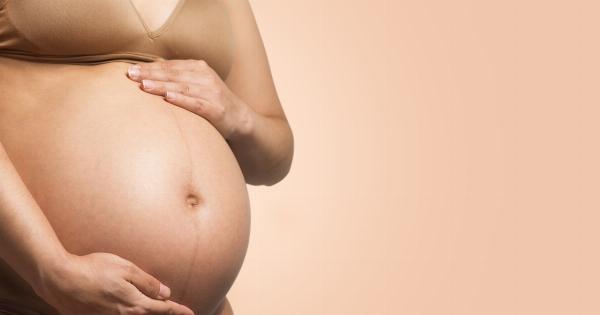Incontinence is a common condition that affects millions of people worldwide. It refers to the involuntary loss of urine or feces, which can be embarrassing and have a significant impact on an individual’s quality of life.
Understanding the causes of incontinence is crucial in developing strategies for relief.
1. Weak Pelvic Floor Muscles
The pelvic floor muscles play a vital role in controlling bladder and bowel functions. Weakening of these muscles can occur due to various factors, such as pregnancy and childbirth, obesity, aging, and certain medical conditions.
Strengthening the pelvic floor muscles through exercises like Kegels can help improve bladder and bowel control.
2. Urinary Tract Infections (UTIs)
UTIs can lead to temporary incontinence, particularly in women. The infection causes irritation and inflammation of the urinary tract, resulting in a frequent urge to urinate and potential leakage.
Treating the underlying UTI can often resolve the incontinence issue.
3. Neurological Conditions
Neurological conditions, such as multiple sclerosis, Parkinson’s disease, and spinal cord injuries, can disrupt the normal nerve signals between the brain and the bladder or bowel.
This disruption can cause loss of control and result in incontinence. Managing the underlying neurological condition can help alleviate incontinence symptoms.
4. Medications
Certain medications, such as diuretics and muscle relaxants, can affect bladder control and contribute to incontinence. If you suspect that your medication is causing or worsening your incontinence symptoms, consult your healthcare provider.
They may be able to adjust your dosage or prescribe an alternative medication.
5. Chronic Constipation
Chronic constipation can put pressure on the bladder and weaken the pelvic floor muscles, leading to urinary incontinence.
Improving bowel movements and preventing constipation through dietary changes, hydration, and regular exercise can help manage incontinence caused by constipation.
6. Prostate Problems
In men, an enlarged prostate or prostate surgery can result in urinary incontinence. The prostate gland surrounds the urethra, which carries urine from the bladder out of the body.
When the prostate is enlarged or removed, it can disrupt the urinary flow and cause leakage. Treatment options for prostate-related incontinence vary and may include medication or surgery.
7. Hormonal Changes
In women, hormonal changes associated with menopause can contribute to urinary incontinence. The decline in estrogen levels weakens the pelvic floor muscles and tissues, making them less supportive.
Hormone replacement therapy (HRT) or other hormonal treatments can help alleviate incontinence symptoms in some women.
8. Overactive Bladder
Overactive bladder is a condition characterized by a frequent urge to urinate and may also involve urinary incontinence. It occurs when the muscles of the bladder contract involuntarily, leading to sudden and intense urges to urinate.
Lifestyle changes, bladder training, and medications can help manage overactive bladder and incontinence symptoms.
9. Lifestyle Factors
Lifestyle factors such as excessive caffeine and alcohol consumption, inadequate fluid intake, and smoking can contribute to incontinence. Caffeine and alcohol act as diuretics, increasing urine production and the frequency of urination.
Quitting smoking, moderating caffeine and alcohol consumption, and maintaining a healthy fluid intake can improve incontinence symptoms.
10. Psychological Factors
Psychological factors such as stress, anxiety, and depression can exacerbate incontinence symptoms. Stress and anxiety can stimulate the bladder and lead to increased urgency and frequency of urination.
Managing stress through relaxation techniques, counseling, or therapy can help reduce incontinence episodes related to psychological factors.
Strategies for Relief
While the causes of incontinence can vary, there are several strategies that can help manage and relieve symptoms:.
1. Pelvic Floor Exercises
Strengthening the pelvic floor muscles through exercises like Kegels can improve bladder and bowel control. These exercises involve contracting and relaxing the muscles used to interrupt the flow of urine midstream.
Regular practice of pelvic floor exercises can lead to increased muscle strength and better control over urine and feces.
2. Behavior Modification
Monitoring and modifying fluid intake, urination schedules, and dietary habits can help manage incontinence. Keeping a bladder diary to track how much you drink, when you urinate, and any leakage episodes can provide valuable insights.
Based on the diary, adjustments can be made to improve bladder control and avoid triggers.
3. Medications
There are various medications available that can help control incontinence symptoms. These include anticholinergic drugs that relax the bladder, mirabegron that increases bladder capacity, and topical estrogen creams for postmenopausal women.
However, it’s important to consult a healthcare professional before starting any medication.
4. Bladder Training
Bladder training aims to improve control over urination and gradually increase the length of time between bathroom visits. It involves setting a schedule for urinating at specific intervals and gradually increasing the time between voids.
Over time, this can help train the bladder to hold urine for longer periods and reduce urgency and frequency.
5. Incontinence Products
Using absorbent products like adult diapers, pads, or protective underwear can provide confidence and peace of mind for those experiencing incontinence.
These products help collect and retain urine or feces, preventing leakage and offering comfort and dignity.
6. Minimally Invasive Procedures
Surgical or minimally invasive procedures may be recommended for individuals with severe incontinence that does not respond to conservative treatments.
These procedures aim to restore or improve bladder or bowel control and may include bladder neck suspension, slings, or artificial urinary sphincter placement.
7. Dietary Modifications
Some dietary changes can help manage incontinence. Avoiding foods and drinks that irritate the bladder, such as spicy foods, citrus fruits, carbonated beverages, and artificial sweeteners, can reduce the frequency and urgency of urination.
Additionally, maintaining a healthy weight can also ease pressure on the bladder and pelvic floor muscles.
8. Transcutaneous Electrical Nerve Stimulation (TENS)
TENS involves using low-voltage electrical currents to stimulate the nerves responsible for bladder or bowel control. This technique can help strengthen weak muscles, improve nerve function, and reduce incontinence episodes.
TENS should be performed under the guidance of a healthcare professional.
9. Alternative Therapies
Some individuals find relief from incontinence symptoms through alternative therapies such as acupuncture, biofeedback, or herbal remedies.
While the effectiveness of these therapies varies, they can be considered as complementary approaches alongside conventional treatments. It’s crucial to consult a qualified practitioner before trying any alternative therapy.
10. Emotional Support and Counseling
Coping with incontinence can be emotionally challenging. Seeking emotional support from loved ones or joining support groups can provide individuals with a safe space to share experiences and gain valuable insights.
Additionally, counseling or therapy can help individuals manage any psychological or emotional effects of incontinence.
